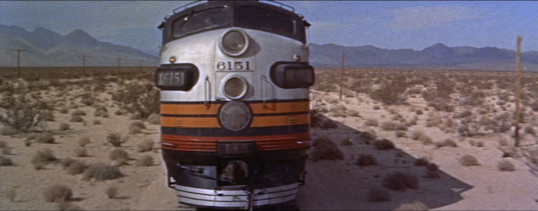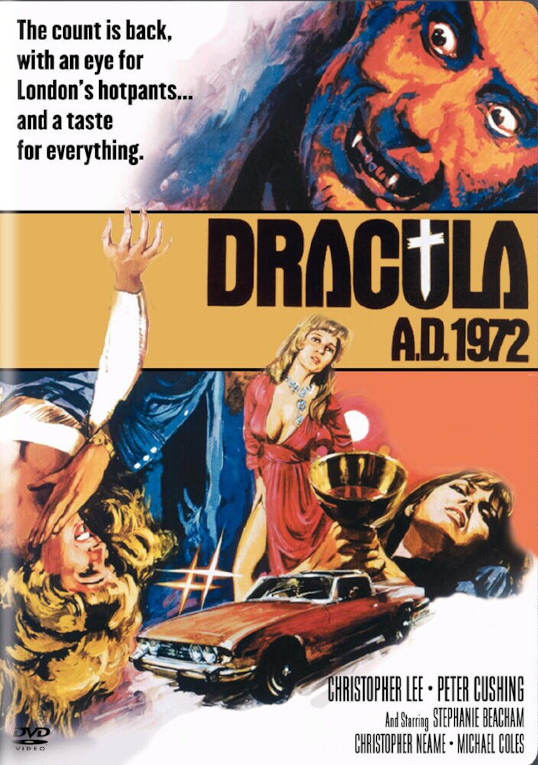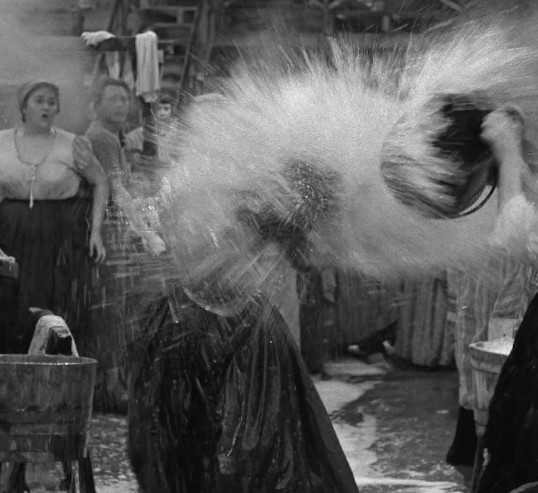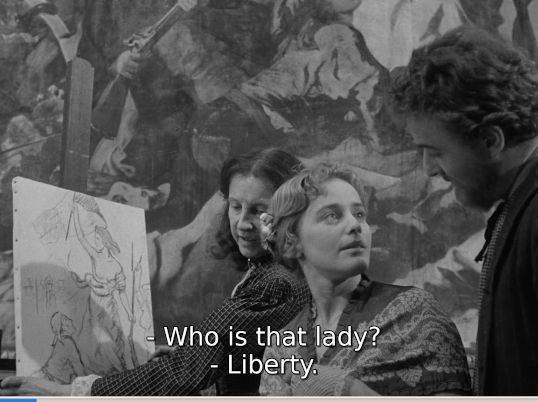“I must not fear. Fear is the mind-killer. Fear is the little-death that brings total obliteration. I will face my fear. I will permit it to pass over me and through me. And when it has gone past I will turn the inner eye to see its path. Where the fear has gone there will be nothing. Only I will remain.”
― Frank Herbert, Dune
I read Frank Herbert’s classic novel, Dune, in college, in Kansas, in the Dorm – maybe 1975 – about ten years after it was published. I liked it… though I can’t really say I understood it completely. I was reading a lot… I was young… I had a sense that there was a lot going on under the surface that I couldn’t really comprehend.
Then, in Dallas, in 1984, I went to the theater and saw the David Lynch film. I was a fan of Lynch (Eraserhead, The Elephant Man) at the time and actually liked the film a lot. There was so much hate for it at the time. It wasn’t flawless but it was a unique vision – and that is rare. The film actually helped me understand the world of Arrakis better and it inspired me to re-read the source. Dune is definitely a book that benefits from a second reading.
Then right after the turn of the millennium there were the two television mini-series which covered the first three books, somehow. Again, not the best, but a game attempt. I barely remember them, except that my kids – nine and ten years old – watched them and actually liked them better than I did.
And now, 2021, forty-six years after I read the novel, we have Denis Villeneuve and his film.
Again, I was (am) a huge fan of the director (Arrival, Blade Runner 2049) and have been hyped up for the film for years – the Covid delay was tough to take. But patience is rewarded, sometimes.
I had big plans of going to the theater and seeing it on the big silver screen – but I have picked up a bad habit of hanging around the house during the pandemic – something I need to work on breaking – something I should have used the film as an aid to breaking – but I didn’t have anyone to go with… so I ended up closing off the living room, scooting the recliner close to the screen, turning up the sound system, and streaming the thing at home.
(don’t worry – no spoilers)
It was very good – as good as I expected, better than I feared (and fear is the mind-killer), worse than I hoped. The only criticism is a bit of slow pace the last quarter. The best part – visuals, sound, acting – all top notch.
The first Dune film was interesting because it was, at the heart, a David Lynch film – with all his personal demons leaking out of the screen. I didn’t realize how much an impression the Lynch Dune made on me, but I could feel echoes of the earlier work all over this one. It is, of course, only half the story, and there is plenty of story for two films (I almost wonder if it should have been a modern cable R-rated mini-series) and it definitely benefits from not having the rushed pace of the earlier one-film version.
The new Dune also shows the mark of its director. There is a unique visual vocabulary – it reminds me of Arrival (especially the shape and motion of the space ships) more than Dune 2049. Denis Villeneuve does have the chops to handle the visuals, the complex political science-fiction landscape, and even the larger-than-life personalities – a lot of balls to keep in the air, but he pulls it off.
Now, how long do I have to wait for the next one? I will definitely go see that one in a theater (if such a thing still exists).
“The mystery of life isn’t a problem to solve, but a reality to experience.”
― Frank Herbert, Dune



















